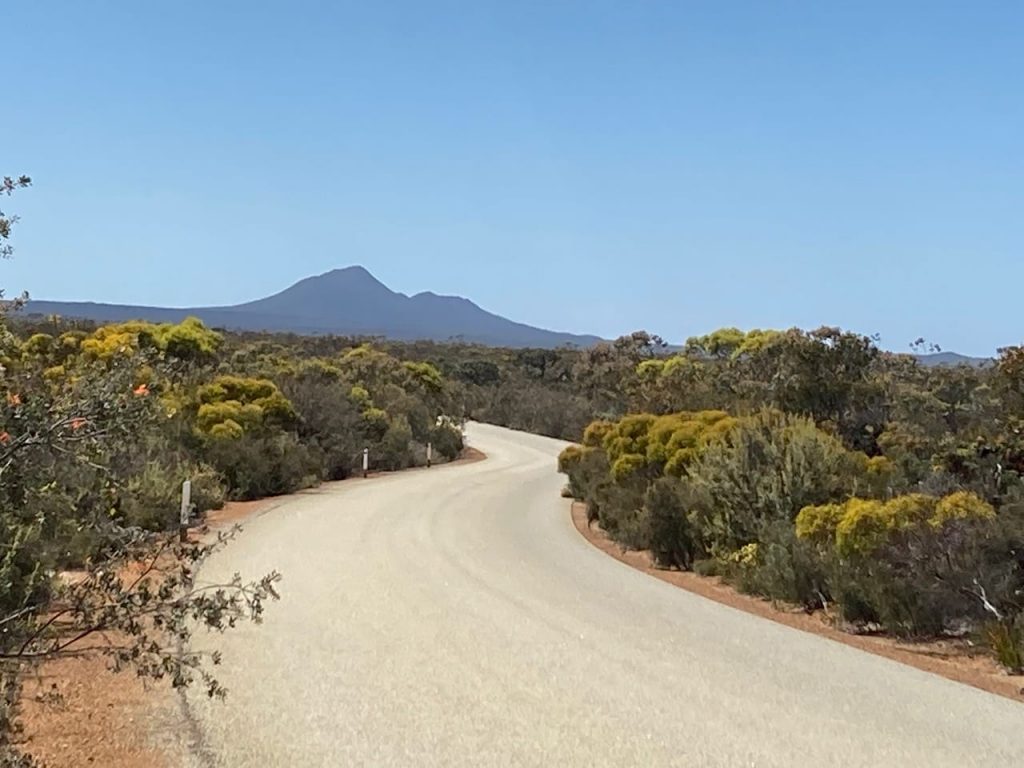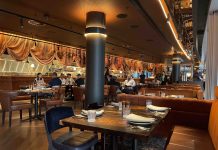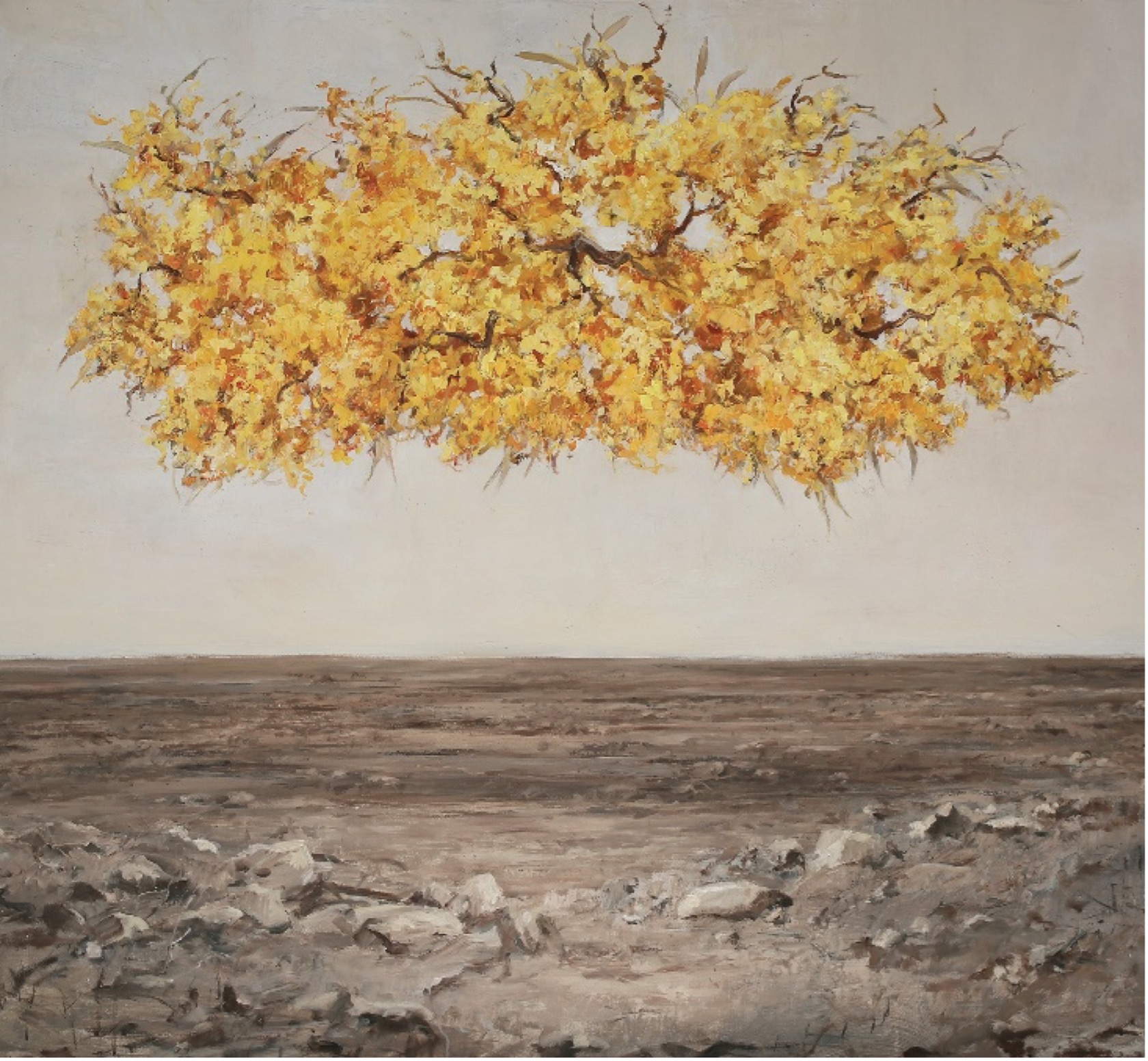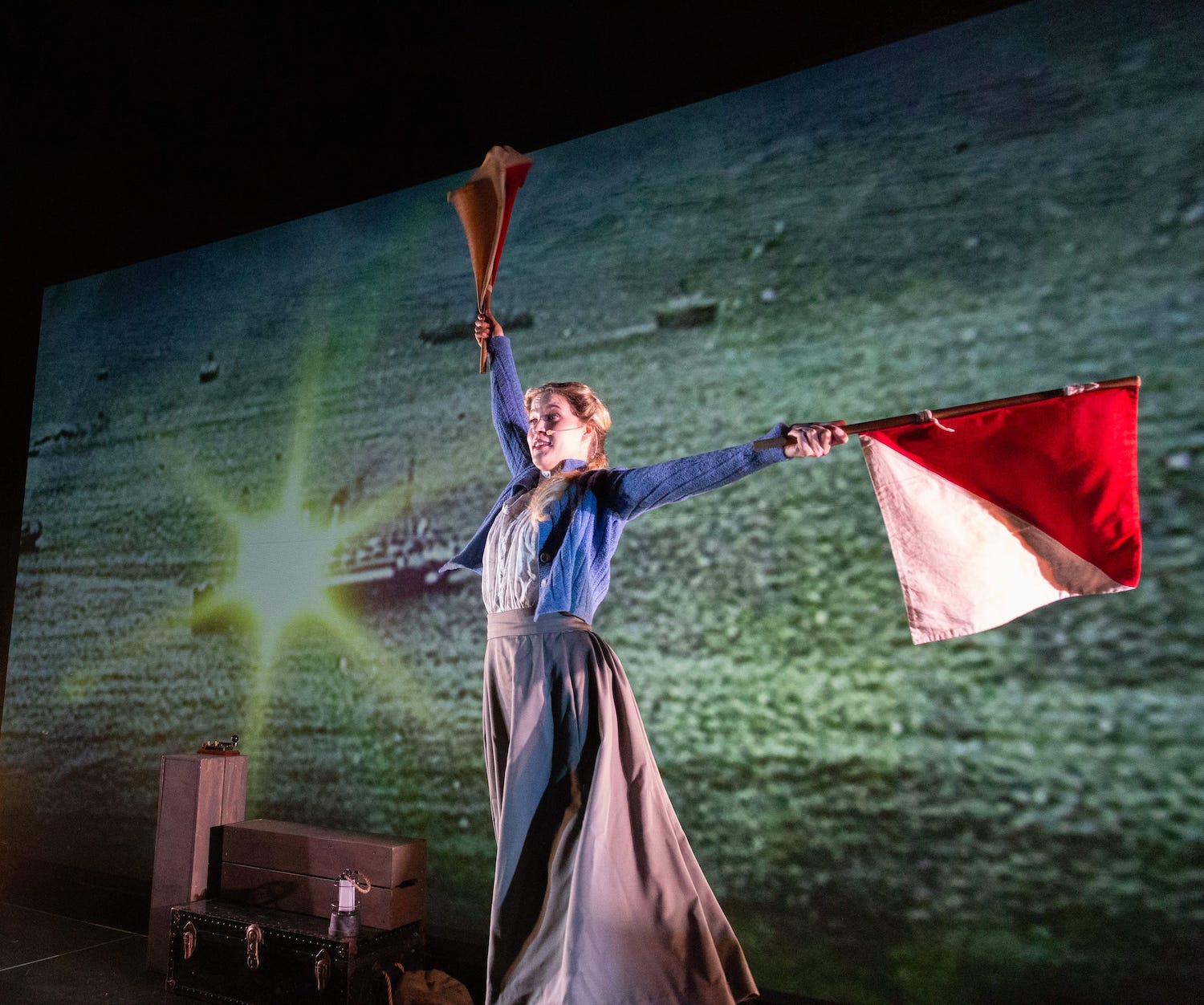For a look at what the south coast of WA was like 200 years ago, there is no better place than the Fitzgerald River National Park.
The park stretches nearly 100km from Bremer Bay to Hopetoun and includes some 300,000ha of pristine bush.
Nearly 1800 different plant species have been found there and new found ones of being described for the first time every year. At least 75 plant species are found nowhere else in the world. Most spectacular are the Royal Hakea, Quaalup Bell and Hakea Victoria.

While flowers are at their best from August to November there are plenty to see throughout the year.
More different kinds of animals live here than in any other reserve in South West Australia. More than 200 bird species are found, including rarities such as the Hooded Plover, Western Bristlebird and the Western Ground Parrot of which only around 200 survive in isolated pockets along the south coast from Albany to Israelite Bay. There are also 22 species of mammal, 41 reptiles and 12 frogs.
The Park is best accessed from Hopetoun from the east and Bremer Bay from the west. Only a short section of road from Hopetoun to Hammersley Inlet is sealed, but other roads are well maintained gravel suitable for two-wheel drive vehicles although park rangers close them in inclement weather. Caravan must be limited to the short sealed sections.
Fitzgerald River National Park has several walk trails from 600m to 46km long. They are of varying difficulty from class 2, a well-defined track with solid surfaces suitable for all fitness levels to Class four for fit and experienced bushwalkers. None of them are wheelchair friendly.

Access is limited to some of the hilly areas because of the danger of spreading dieback. Hikers are expected to keep to the track and use the boot cleaning stations where needed.
Southern Right Whales gather in shallow water from June to October to calve before migrating back to their Antarctic feeding grounds. One of the best places to see whales from the shore is Point Ann.
There are several excellent rock fishing sites in the park where the usual dangers of king waves apply. Boat, beach and spear fishing are also available.
The hardy may choose to camp in basic camping at Hamersley Inlet and St Mary’s inlet near Point Ann. There are other extremely basic sites among some of the longer walk trails where everything from toilet paper to tents must be carried in and out.
There is no other accommodation within the park but a 16ha area of freehold land within the Park surrounds the historic Quaalup Homestead built by John Wellstead in 1858. The homestead and barn were restored in the 1970s as Quaalup Wilderness Retreat. It provides self-catering accommodation and camping. All power is provided by solar and the homestead is furnished as a museum, with some meals provided in the dining room.
Quaalup is 45km from Bremer Bay, the nearest shop, petrol station and hotel.
The Fitzgerald River National Park is the core of WA’s only UNESCO’s Biosphere. The Park is surrounded by a buffer of remnant bush, beyond which is the transition tone where communities live. The Biosphere encompasses the entire Shire of Jerramungup and most of the Shire of Ravensthorpe, an area of over 1.5 million hectares.
The UNESCO Man and Biosphere Programme defines a biosphere reserve as follows:
Noongar people have lived in and passed through the park area for millennia. It is fitting that they continue to camp, fish and care for the country and are actively involved in park management.
Fitzgerald River National Park is not the largest National Park in WA, but it is one of the most diverse and pristine and well worth the 1200km round trip from Perth.



































